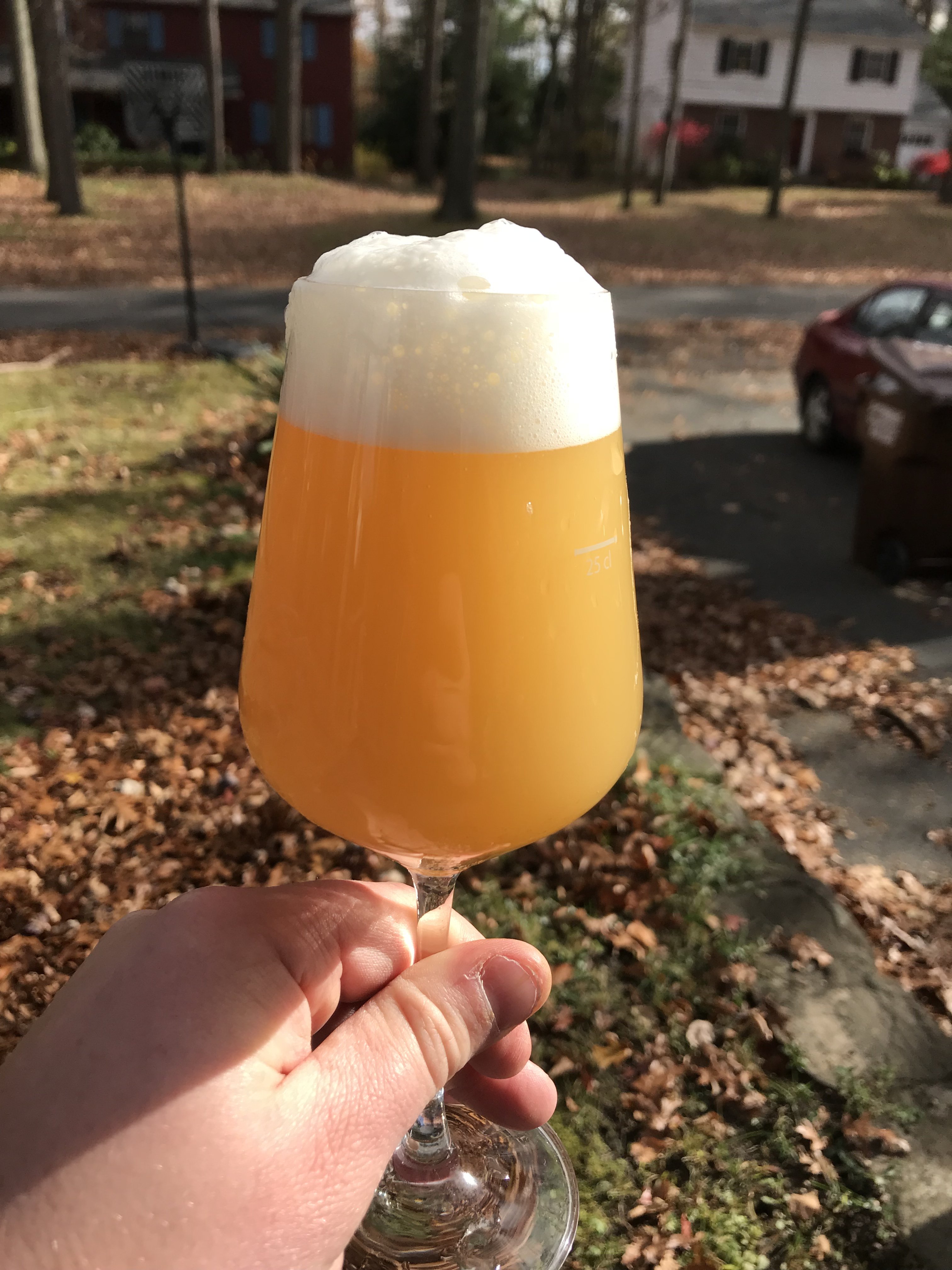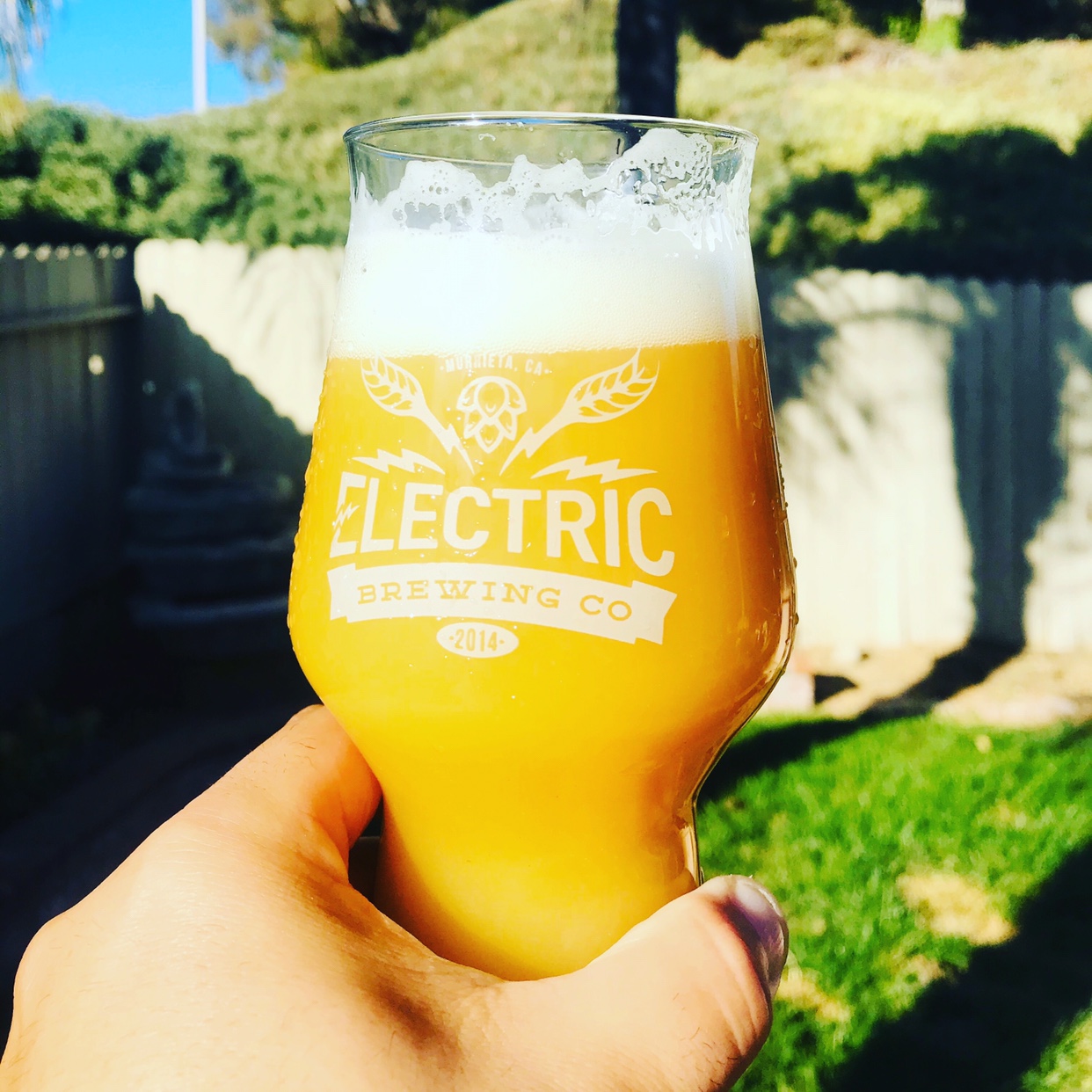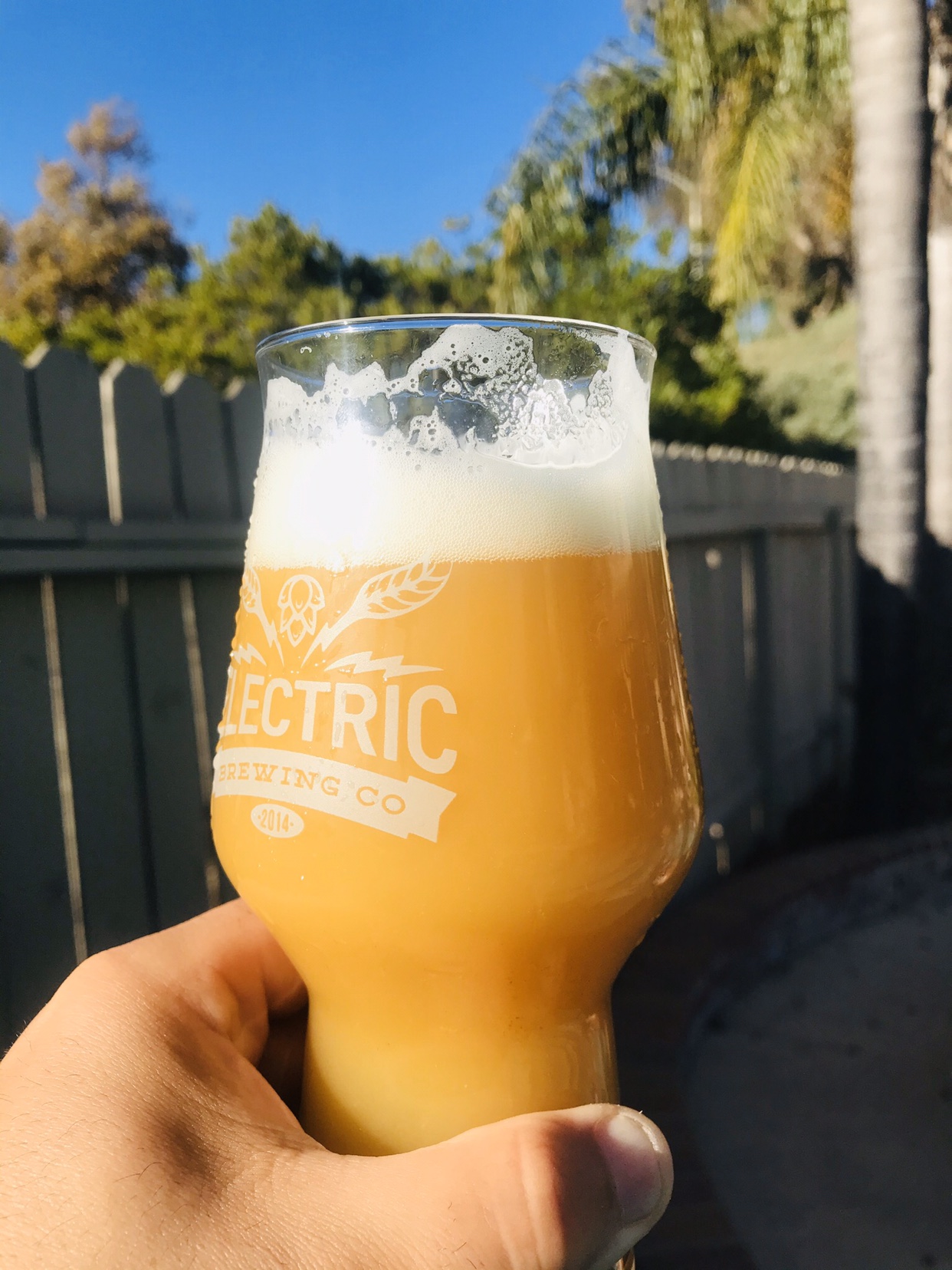I have had a beer that was dry hopped plug during transfer. The floating diptube line was folded double so it did not let any beer through at all.
I had to open it and replace the whole line which was not an easy task as its a royal pain in the butt to slip the silicon tubing over the diptube.
It took me a good 5 minutes of fiddling around.
I was sure my beer would be destroyed as it had alot of dry hops in it already and also fermented out and crashed at this point.
I had the co2 running the whole time during this process and purged the headspace.
As I was replacing the silicon tubing my hands splashed into the beer several times.
I proceeded transferring the beer hoping for the best.
Suprisingly the beer ended up great with 0 signs of oxidation. Drank it in a month.
Im quiet surprised I didnt get ANY DO problems!
These type of issues are why using a bag really should be a consideration.
Yes...I know. Utilization....all that.
It’s possible to get the same (if not better or sometimes not) flavor and aroma as commercial IPAs.
So the results CAN be the same. And the hassles of clogged transfers are eliminated with beers dry hopped in a keg.
A keg lid with a tab welded underneath can be bought for $16-18. Then a $3 bag and some butchers twine.
And I have found that crushing the dry hop helps two fold when bagging.





![Craft A Brew - Safale BE-256 Yeast - Fermentis - Belgian Ale Dry Yeast - For Belgian & Strong Ales - Ingredients for Home Brewing - Beer Making Supplies - [3 Pack]](https://m.media-amazon.com/images/I/51bcKEwQmWL._SL500_.jpg)























































